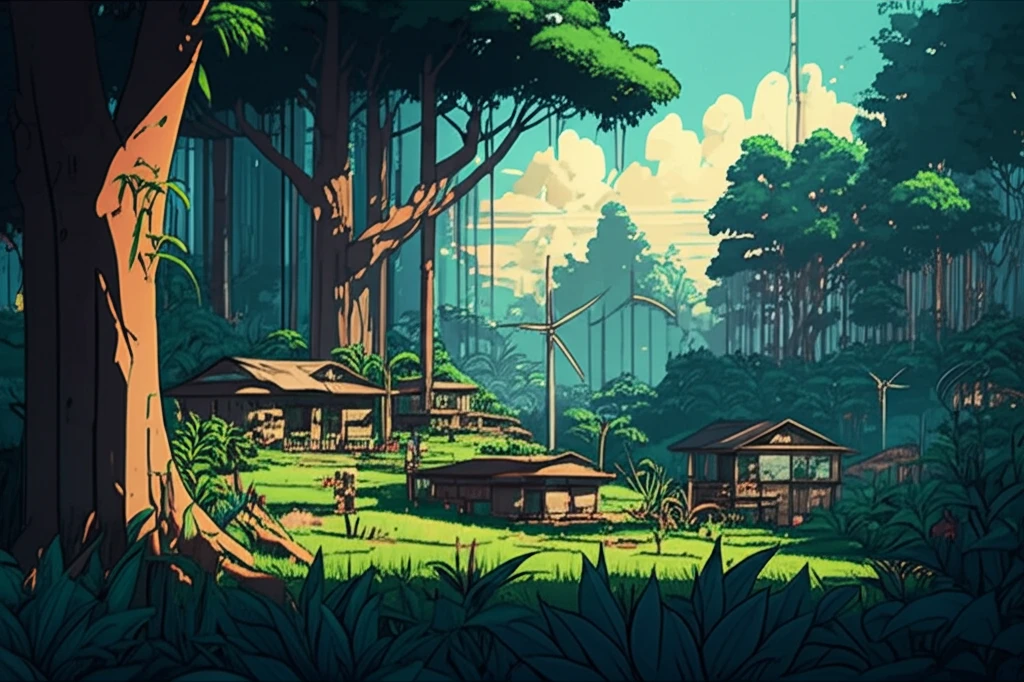
Cameroon's Forests at a Crossroads: Balancing Livelihoods and Conservation
"Discover the critical challenges facing sustainable forest management in Cameroon and how prioritizing community needs is key to preserving its natural resources."
Cameroon, a central African nation, is a powerhouse in the Congo Basin forest region. Its forests, spanning an estimated 20 million hectares, are vital for biodiversity and climate regulation. However, this precious resource is under threat, with annual forest loss estimated at 1% between 1990 and 2010. This deforestation poses significant challenges to the nation's sustainable development goals.
Sustainable forest management in Cameroon requires a multifaceted approach that addresses forest law enforcement, governance, and community needs. The country's comprehensive Forestry Law, enacted in 1994, was intended to be a milestone in this direction. However, despite advancements in creating protected areas, monitoring systems, and revenue enhancement programs, challenges persist.
This article delves into the challenges to sustainable forest management in Cameroon, focusing on the delicate balance between community livelihoods and conservation efforts. By examining the Southern Bakundu Forest Reserve (SBFR), we uncover localized factors driving deforestation and explore strategies for a more sustainable future.
Unveiling the Root Causes of Deforestation: It's More Than Just Logging

The pressure on Cameroon's forests stems from a complex interplay of socio-economic and ecological factors. Issues such as complicity in implementing forest laws, unequal distribution of forest tax revenue, institutional conflicts, and inadequate resources exacerbate the problem. At the community level, the creation of forest reserves without proper consultation or alternative livelihood options for local populations leads to unsustainable exploitation.
- Agriculture: Expansion of farmland for food and cash crops is a primary driver, especially given the limited availability of fertile land elsewhere.
- Fuelwood: Dependence on wood for cooking energy places immense pressure on forest resources.
- Illegal Timber Exploitation: While less frequent, illegal logging for timber generates high income for those involved, contributing significantly to deforestation.
- Non-Timber Forest Products (NTFPs): Collection of products like nuts, leaves, and medicinal plants provides sustenance but can still impact the ecosystem.
A Path Forward: Prioritizing People and Planet
Sustainable forest management in Cameroon requires a holistic approach that prioritizes both environmental conservation and community livelihoods. This means investing in modern agriculture, promoting non-wood domestic cooking energy, and improving rural transport systems. By addressing the root causes of deforestation and empowering local communities, Cameroon can secure a future where its forests thrive and its people prosper.
